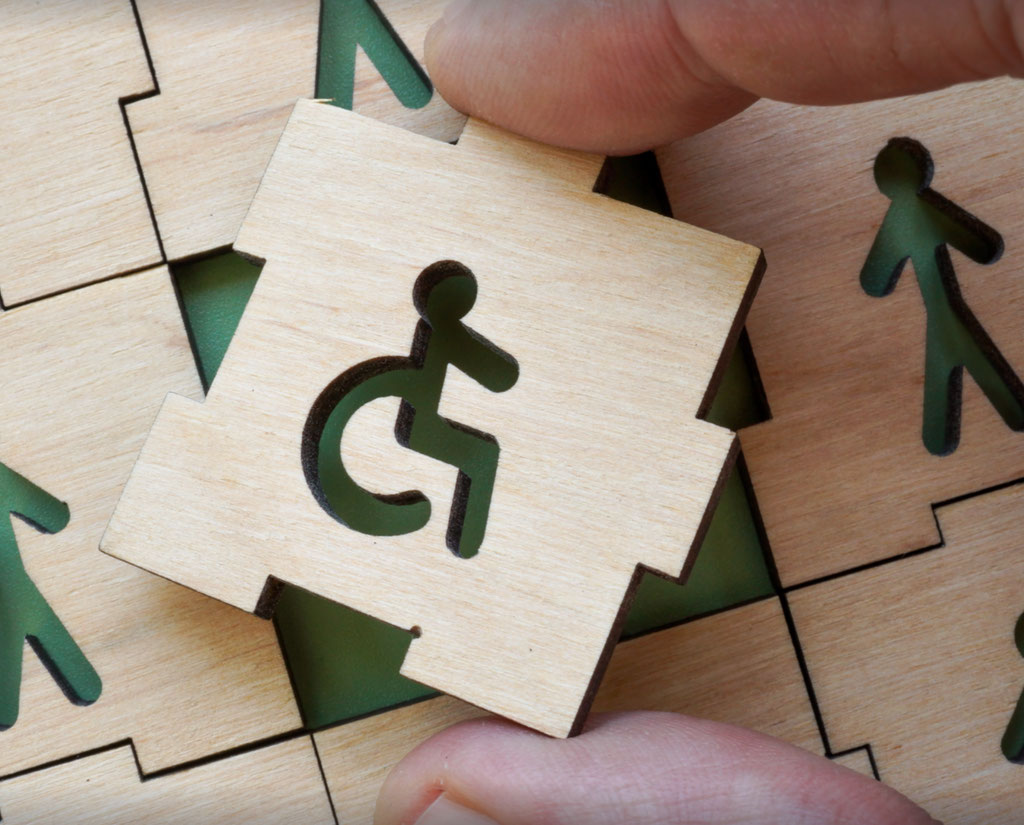
As we celebrate National Disability Employment Awareness Month this October, it is important to reflect on the progress and ongoing efforts of the Disability Rights Movement, which has paved the way for greater inclusion and equality in all aspects of life, including employment.
The Disability Rights Movement was a pivotal chapter in the broader narrative of civil rights, advocating for the rights and equality of people with disabilities. It is a movement rooted in the belief that everyone, regardless of ability, deserves equal access to opportunities, resources, and freedoms.
The origin of the Disability Rights Movement can be traced back to the early 20th century, but it gained significant momentum in the 1960s and 1970s. During this period, social movements advocating for civil rights, women's equality, and anti-war efforts began to intersect, inspiring individuals with disabilities to call for equal treatment and recognition. Key events, such as the formation of organizations like the National Federation of the Blind in 1940 and the establishment of the Independent Living Movement in the 1970s, laid the groundwork for broader activism.
Landmark Moments
One of the most significant achievements of the Disability Rights Movement was the passage of the Americans with Disabilities Act (ADA) in 1990. This pivotal moment in legislation prohibits discrimination based on disability and mandates reasonable accommodations in public spaces, workplaces, and educational institutions. The ADA marked a turning point, fostering a greater awareness of the challenges faced by individuals with disabilities and setting a legal standard for accessibility and inclusion.
In addition to the ADA, other critical pieces of legislation, such as the Individuals with Disabilities Education Act (IDEA), have played vital roles in ensuring that people with disabilities receive appropriate education and services.
The movement is motivated by the relentless efforts of activists and organizations. Protests, sit-ins, like the famous 504 sit-in, and awareness campaigns were instrumental in drawing attention to the injustices faced by people with disabilities to get us where we are today.
The Future of Disability Rights
Looking to the future, the Disability Rights Movement continues to evolve. The advent of innovative technologies offers both opportunities and challenges. While advancements can improve accessibility and create new avenues for advocacy, there are concerns about the digital divide and the need for inclusive design in technological innovation.
The movement also faces ongoing challenges, including dismantling societal stigma, ensuring compliance with accessibility laws, and advocating for funding and resources. Continued collaboration among advocates, policymakers, and the community will be essential to furthering the cause of equality.
While the Disability Rights Movement has made significant strides in promoting equality and inclusion, the journey is far from over. As society continues to confront the barriers that people with disabilities face, it is crucial to remain vigilant and committed to fostering a world where everyone, regardless of ability, can thrive. The Community Champions for Disability Health Challenge sponsored by National Center for Medical Rehabilitation Research, at the National Institutes of Health’s (NIH) Eunice Kennedy Shriver National Institute of Child Health and Human Development (NICHD) and partners seeks solutions to support organizations’ ability to improve health for people with disabilities. Learn more by visiting their challenge page and supporting the cause today!








